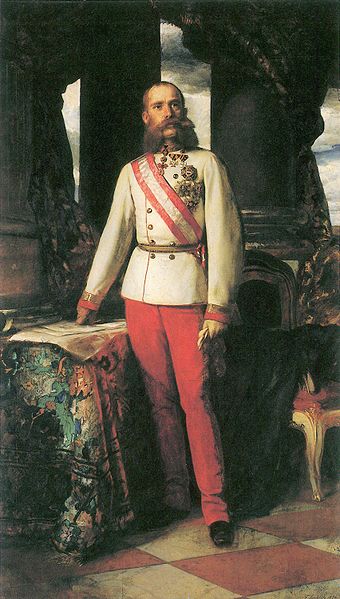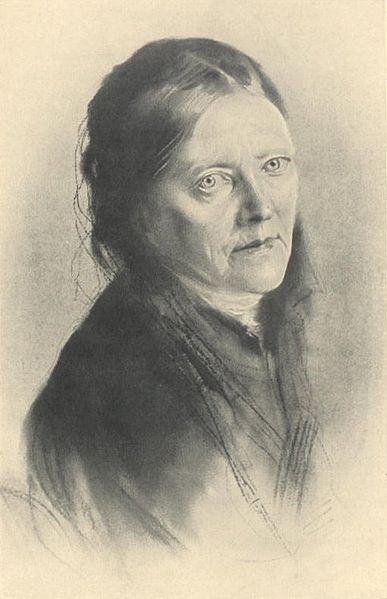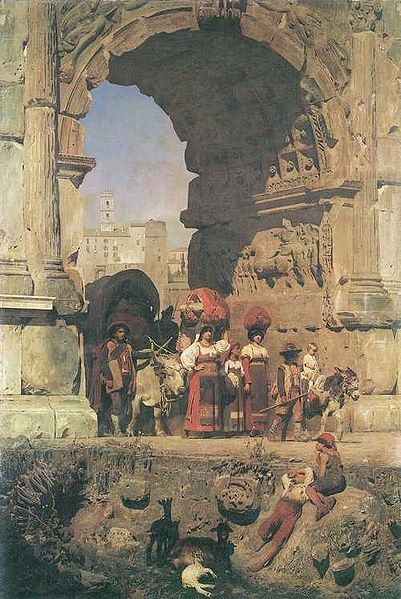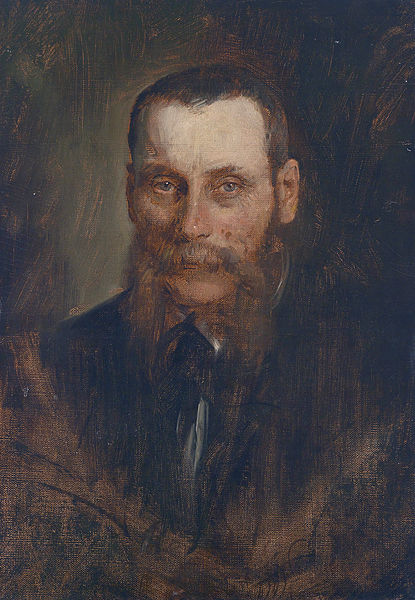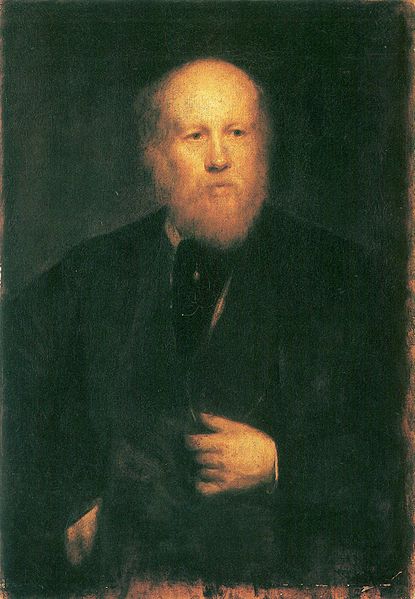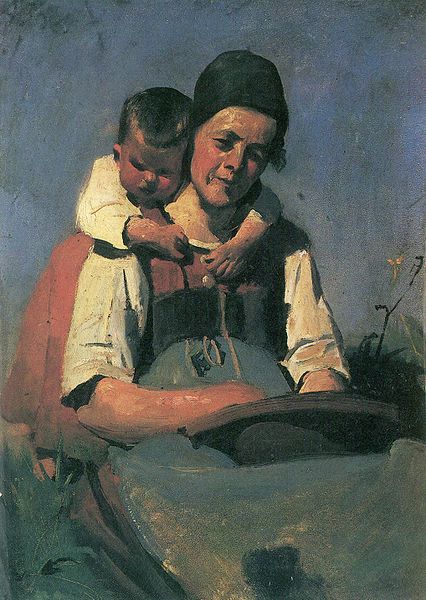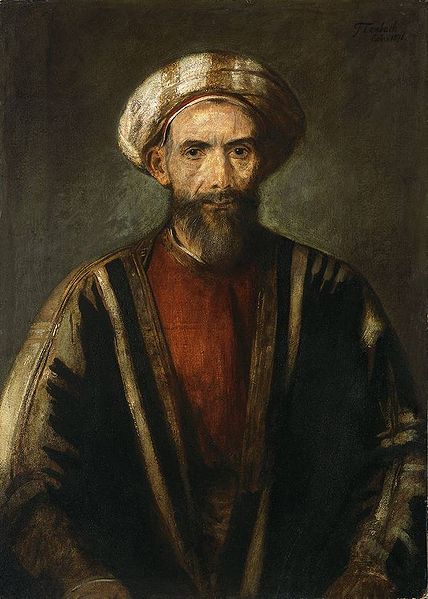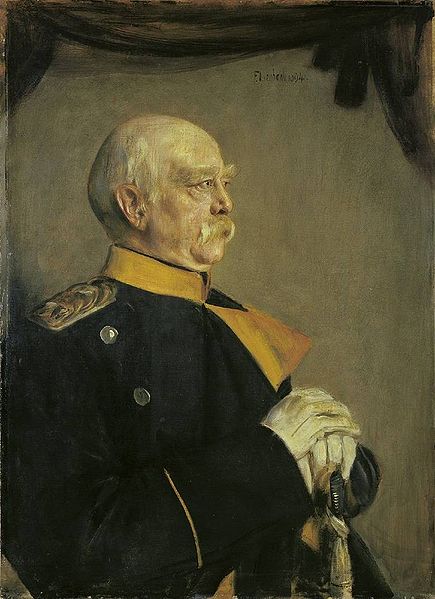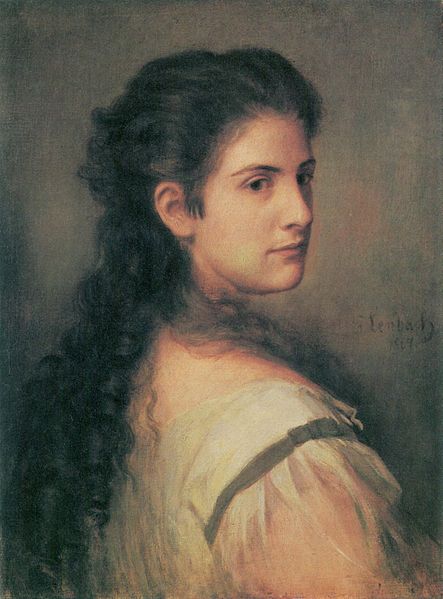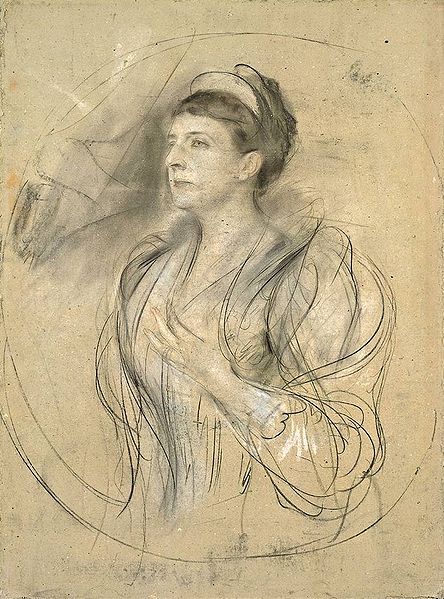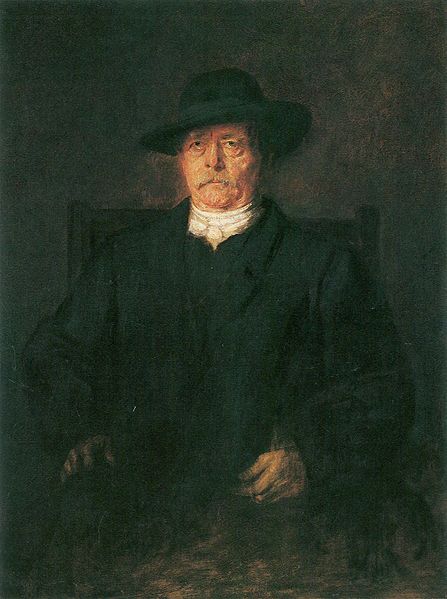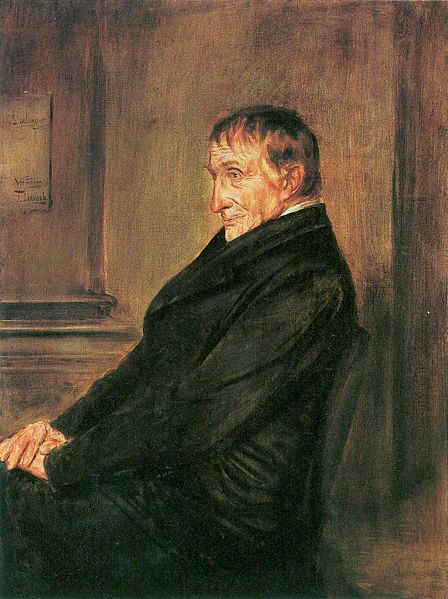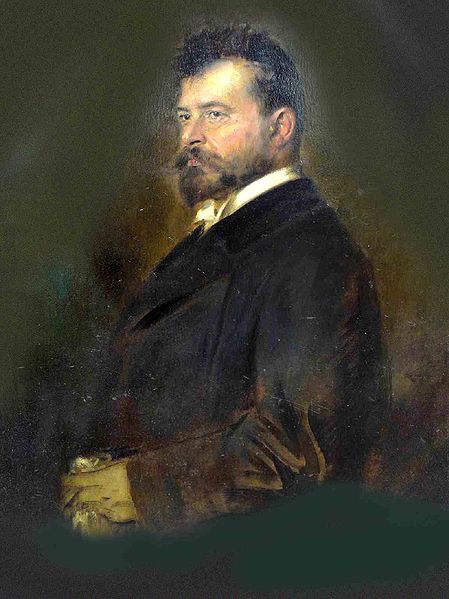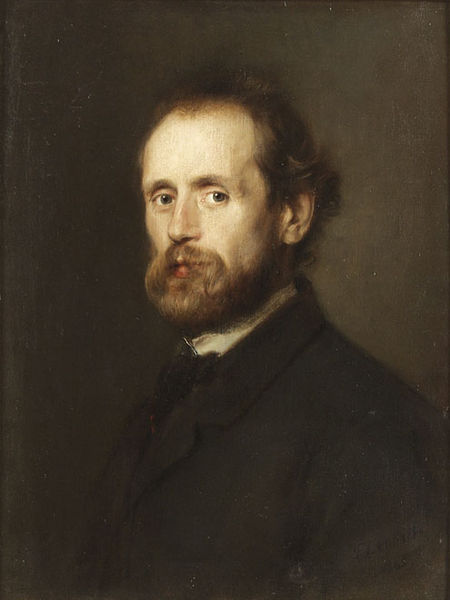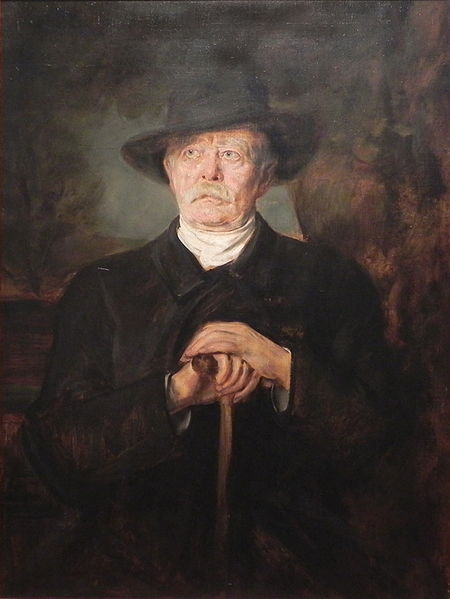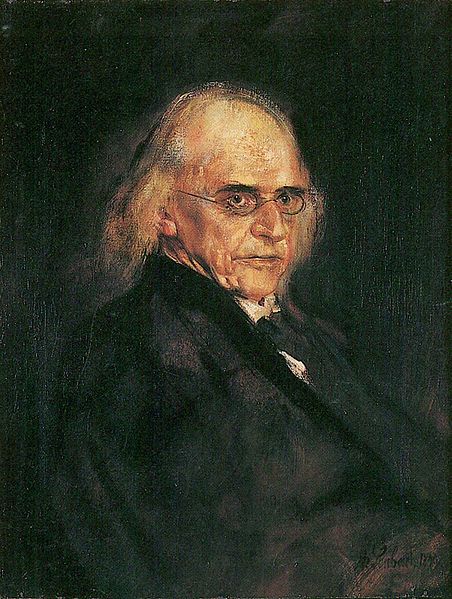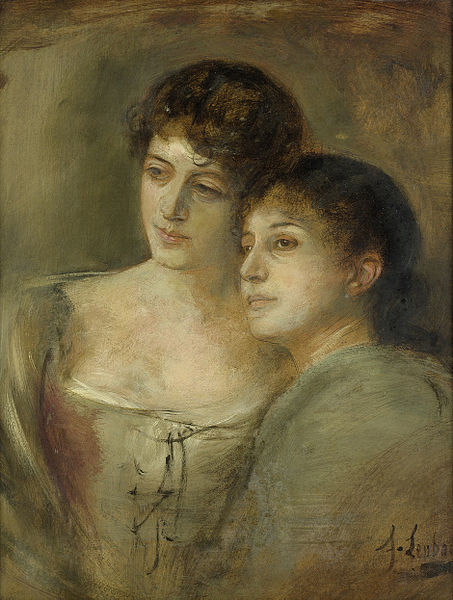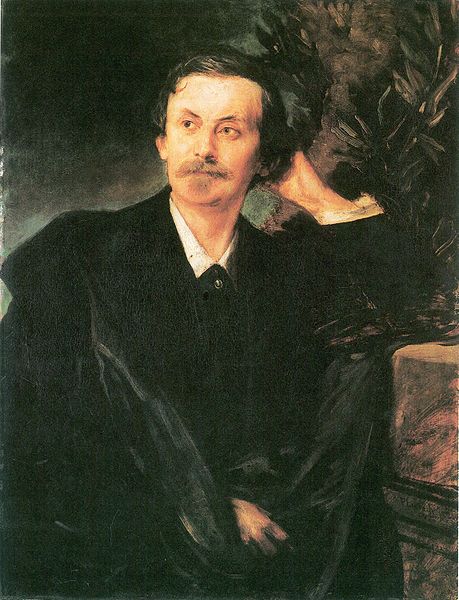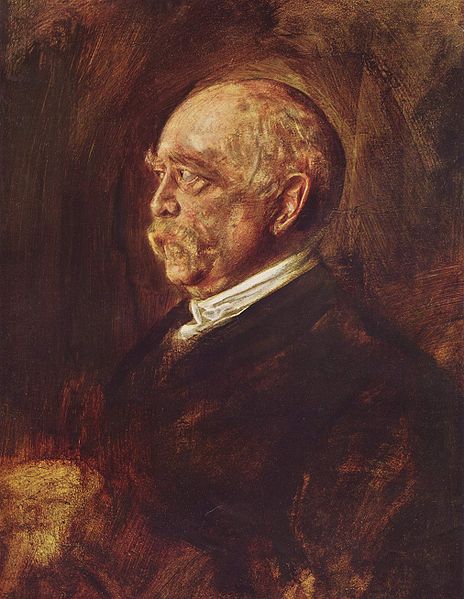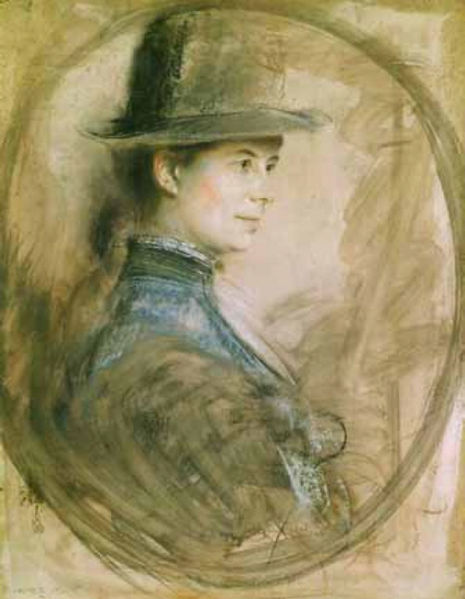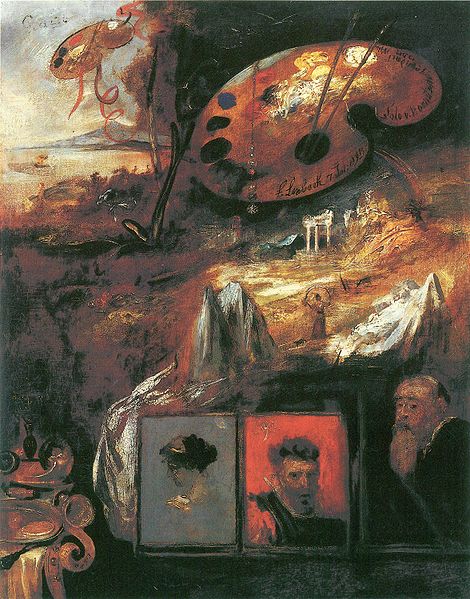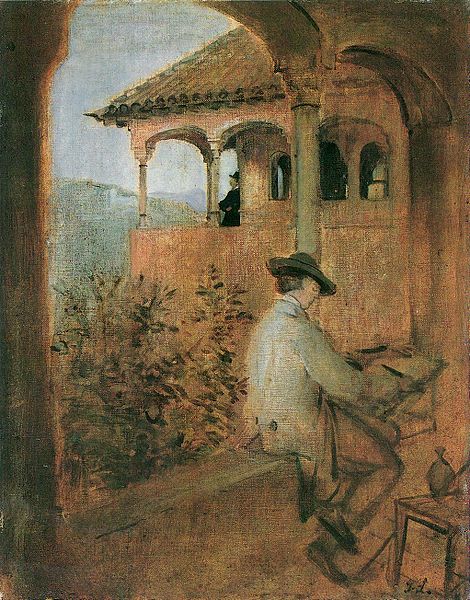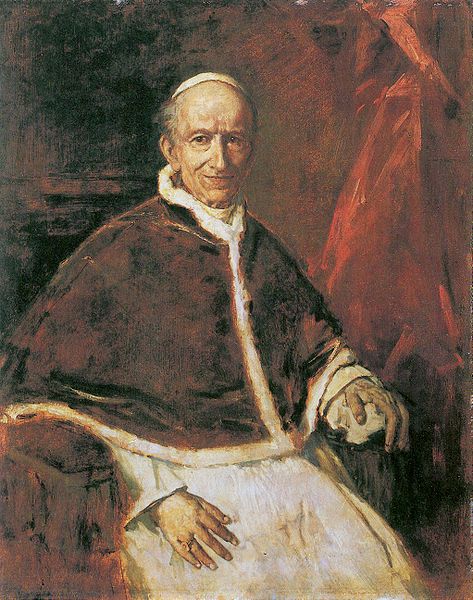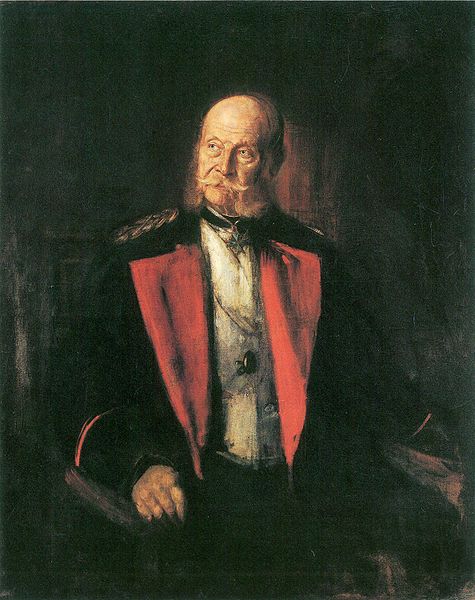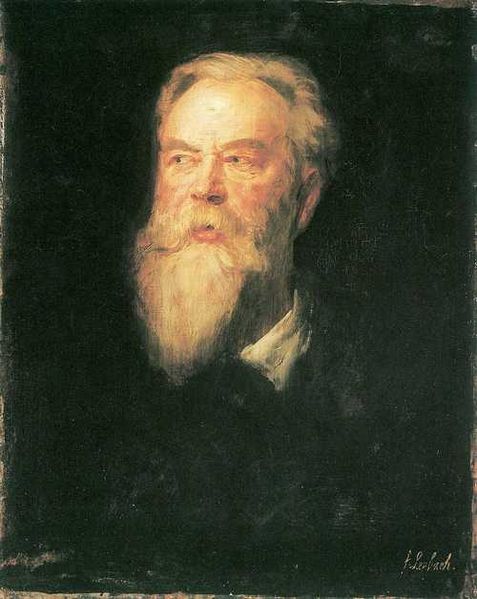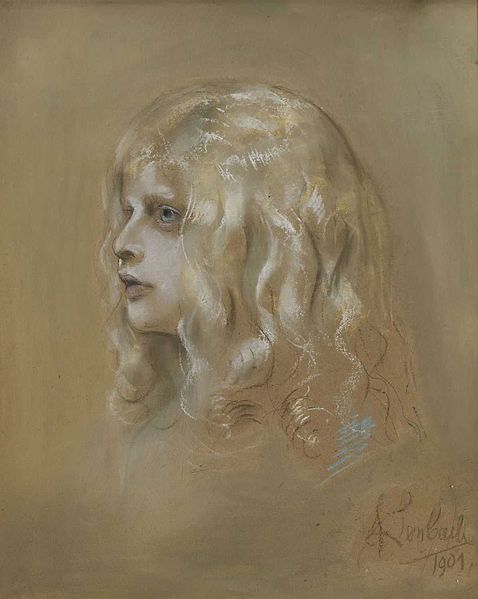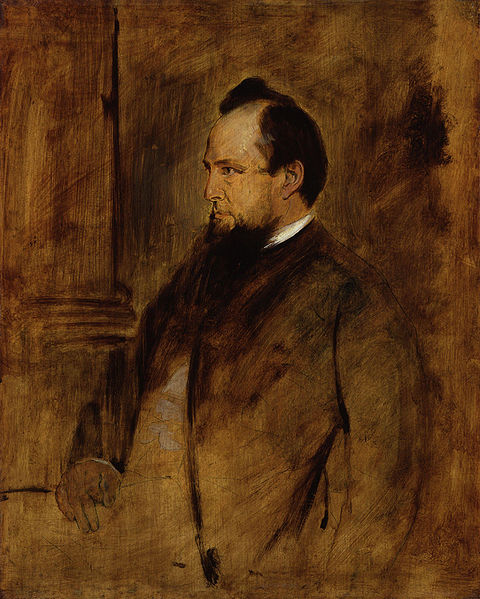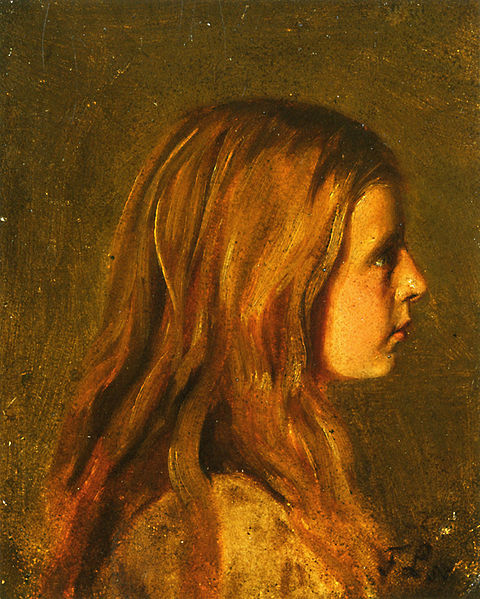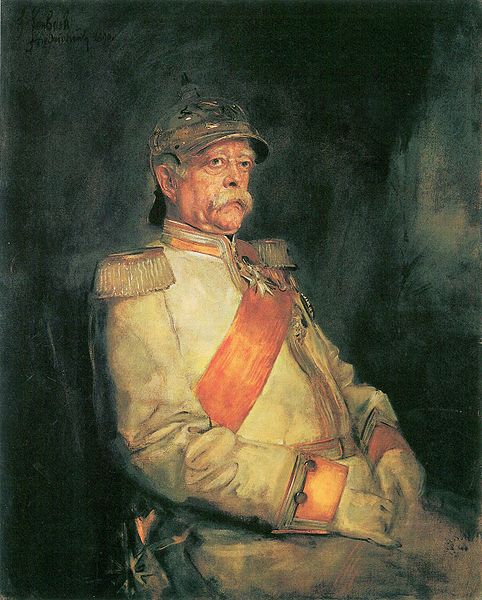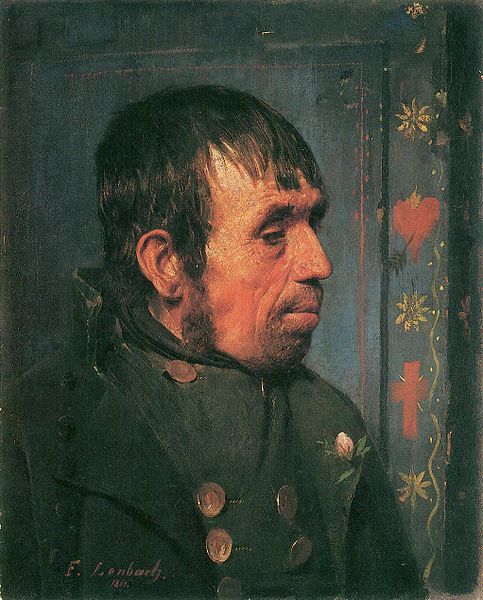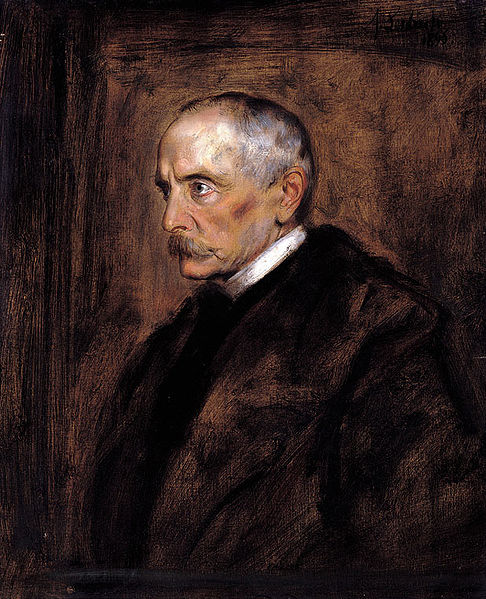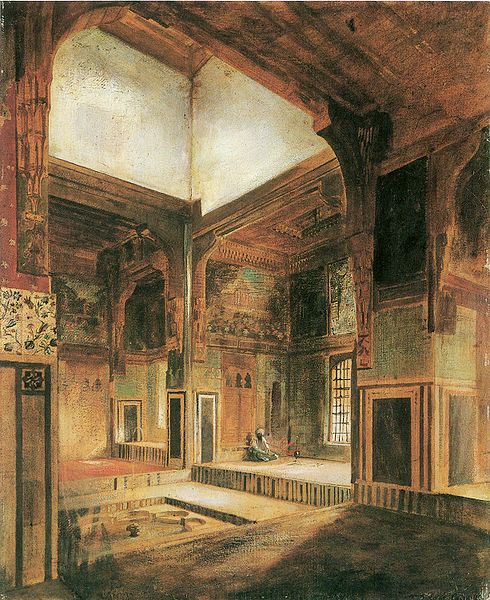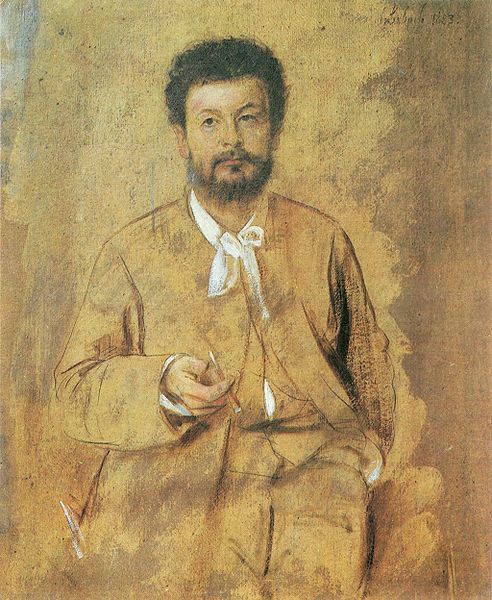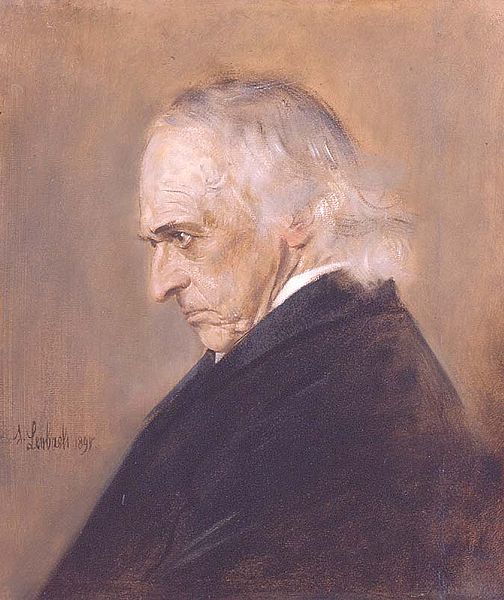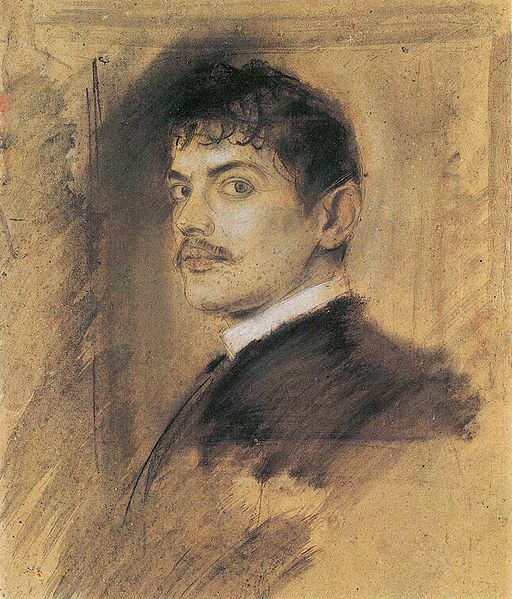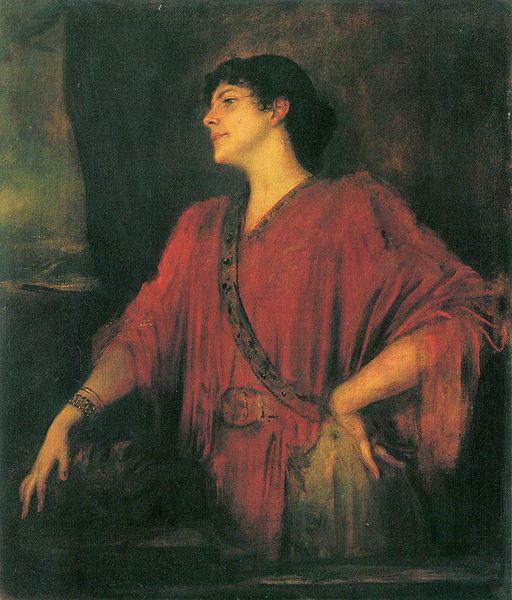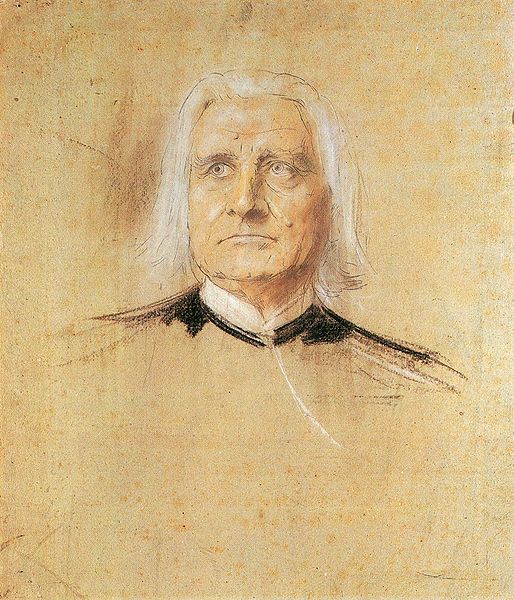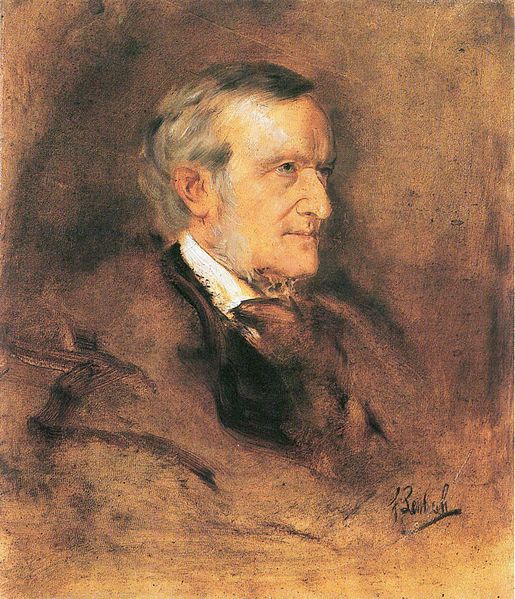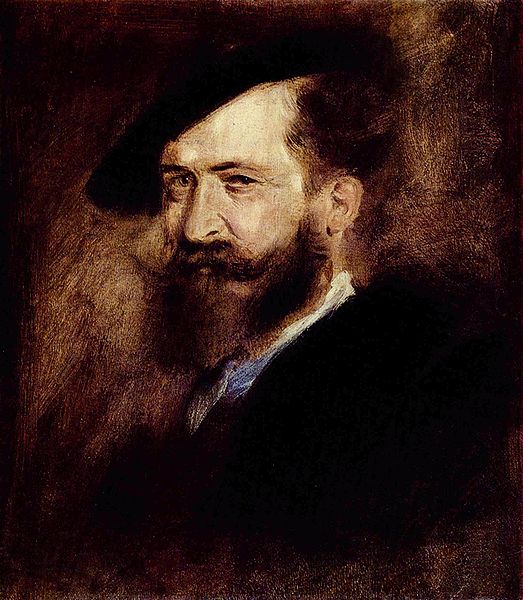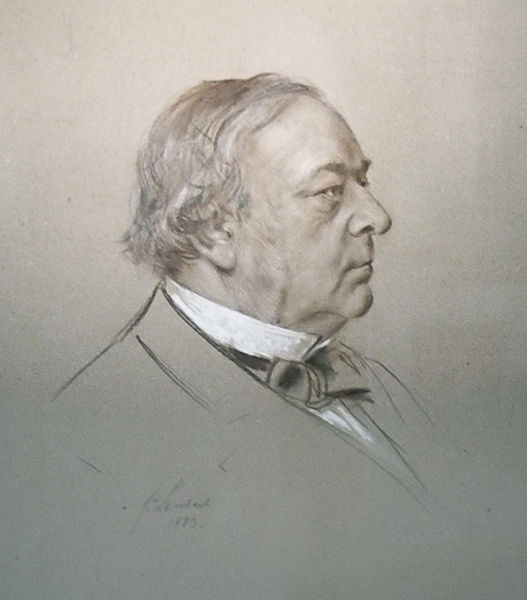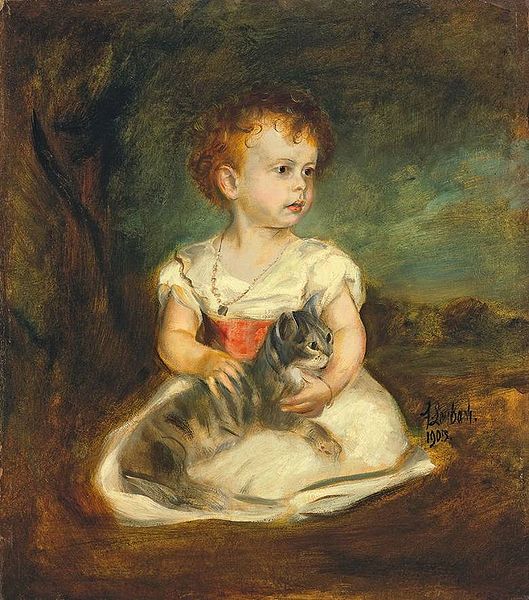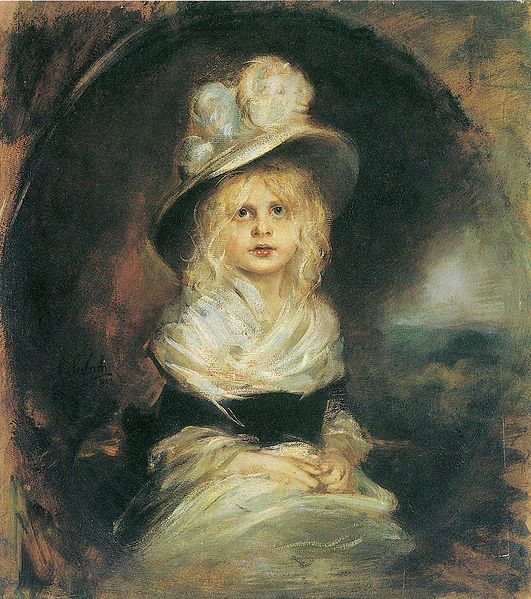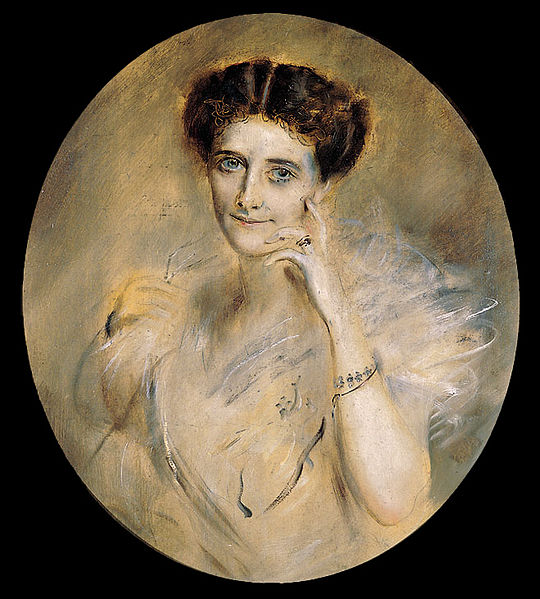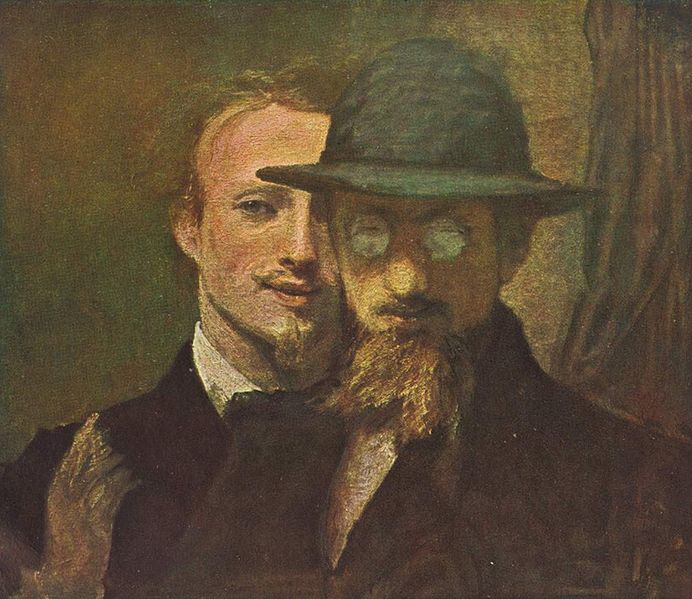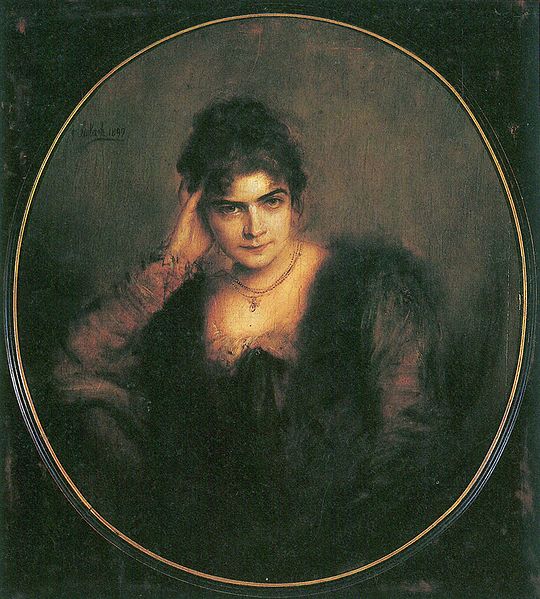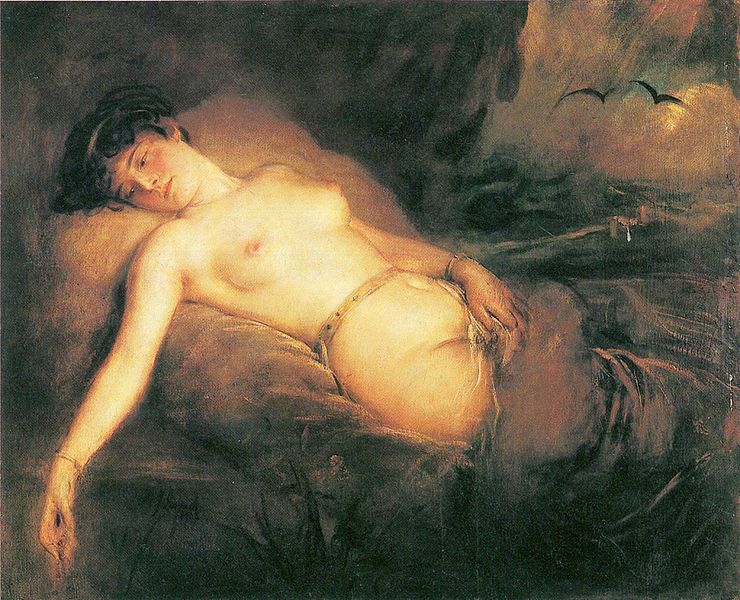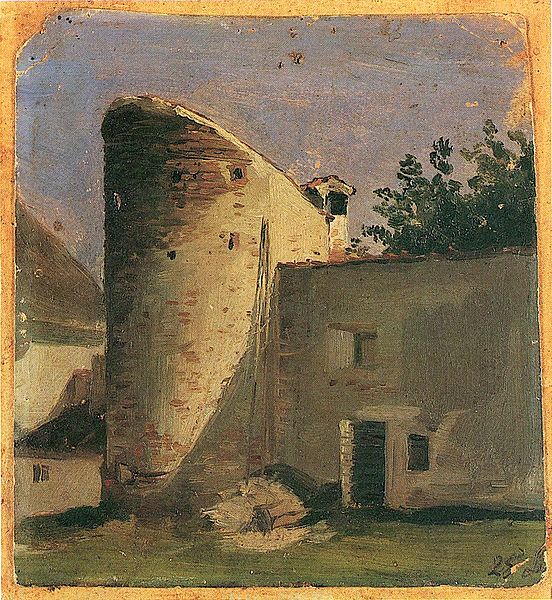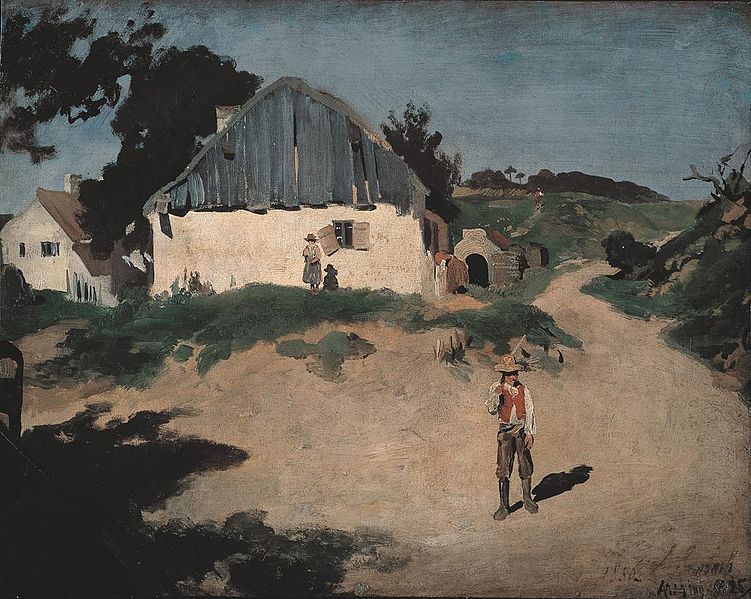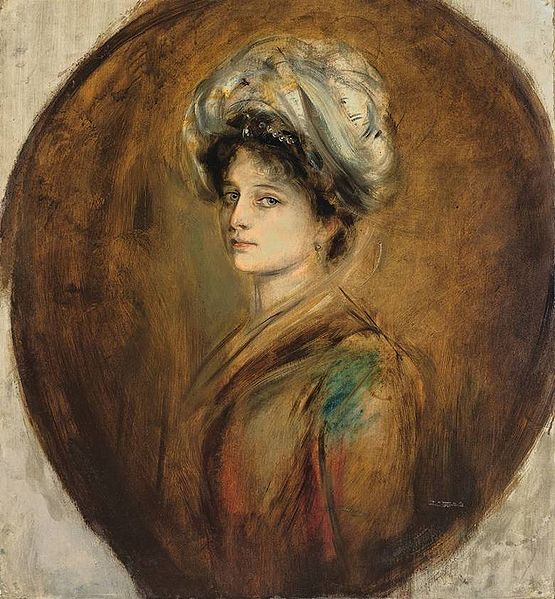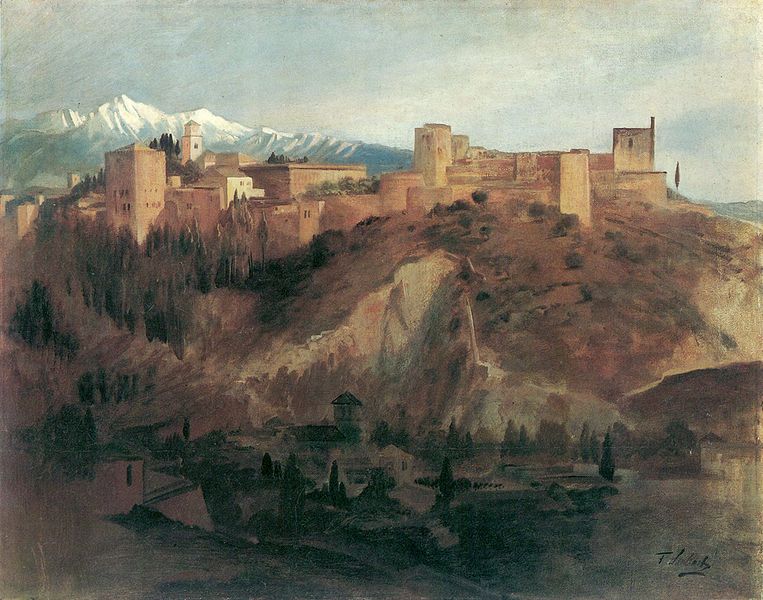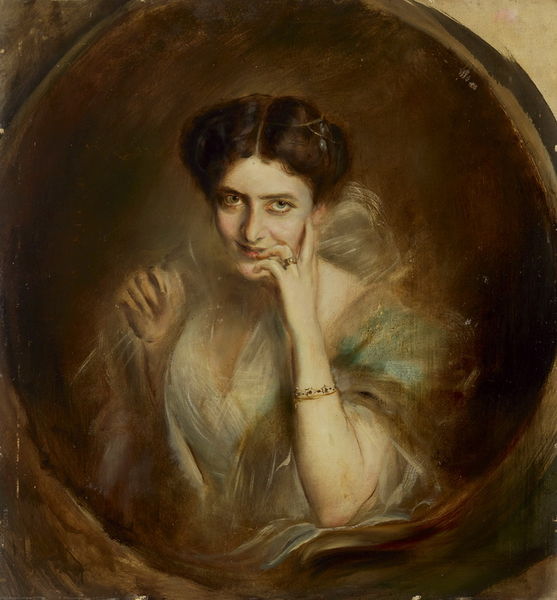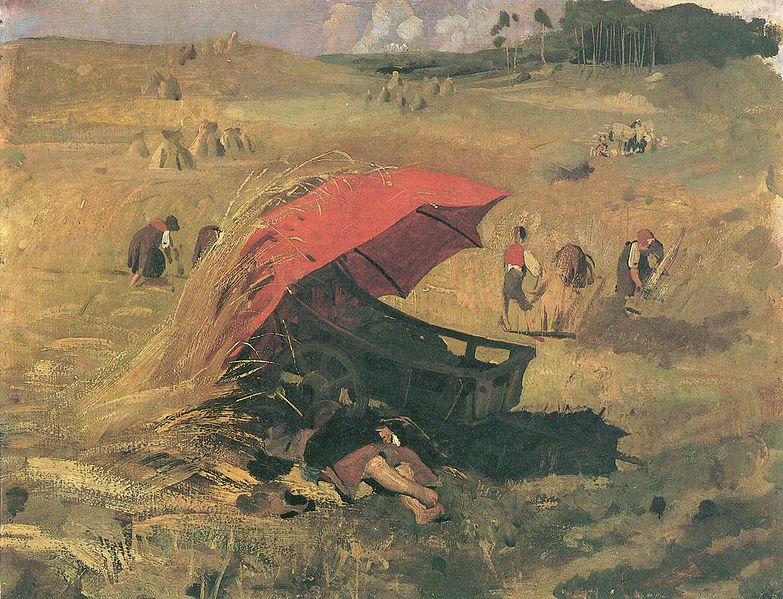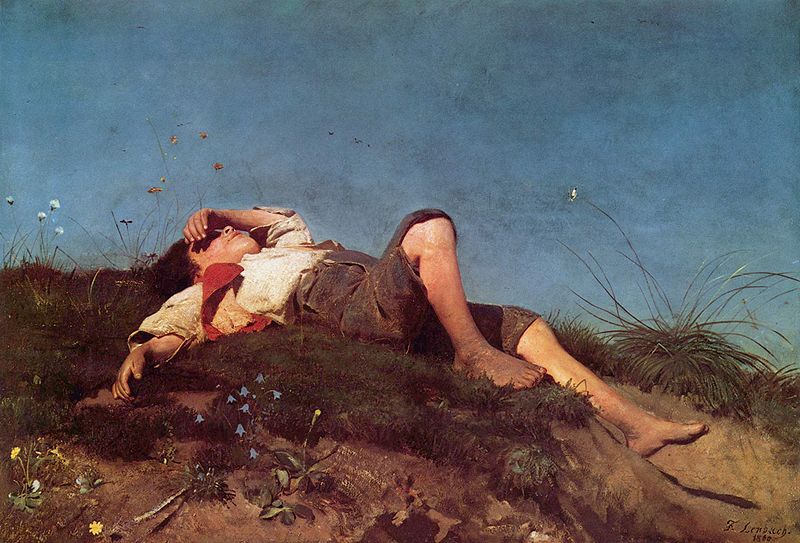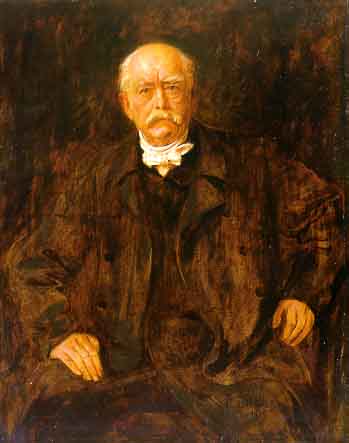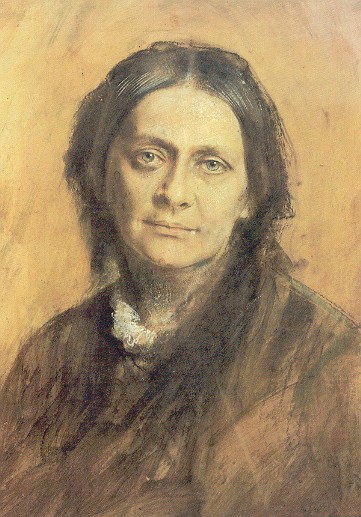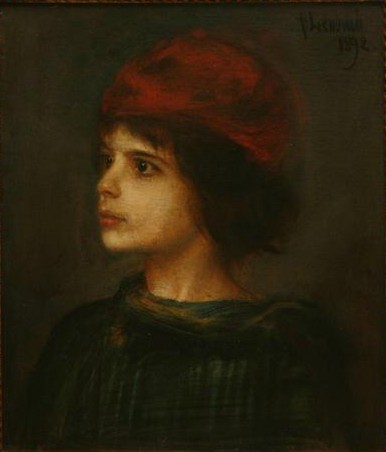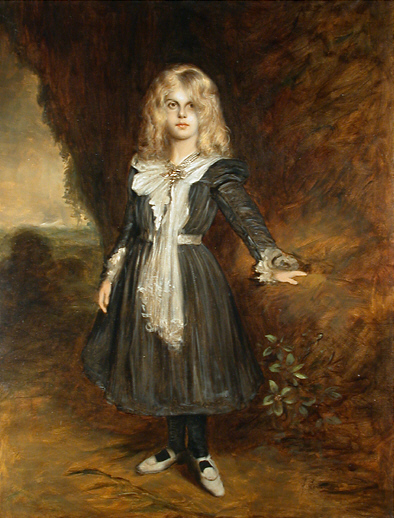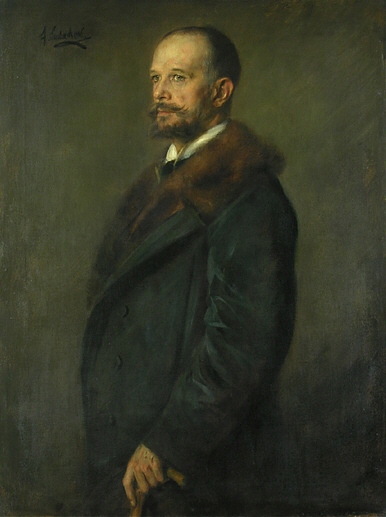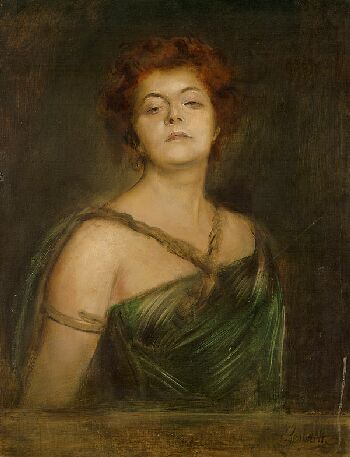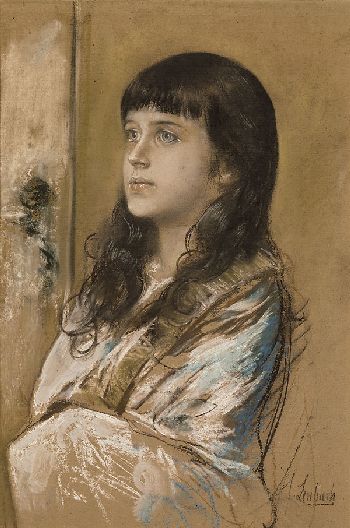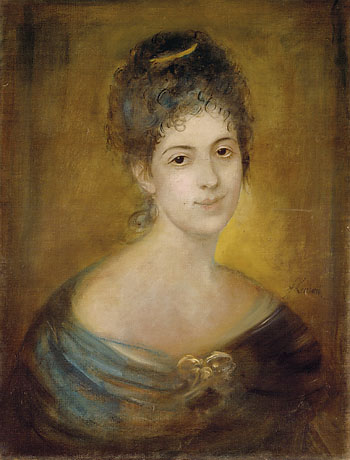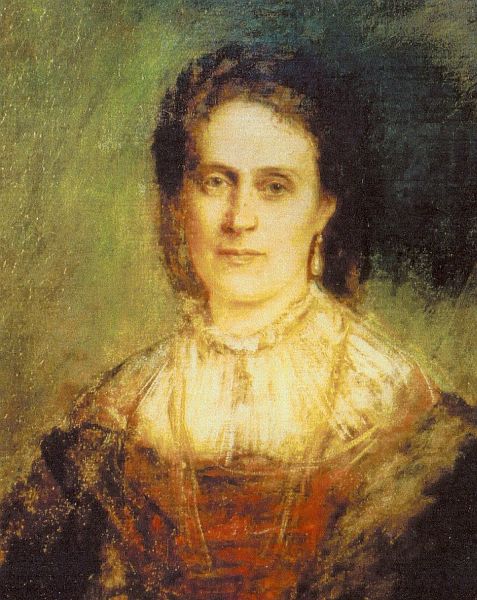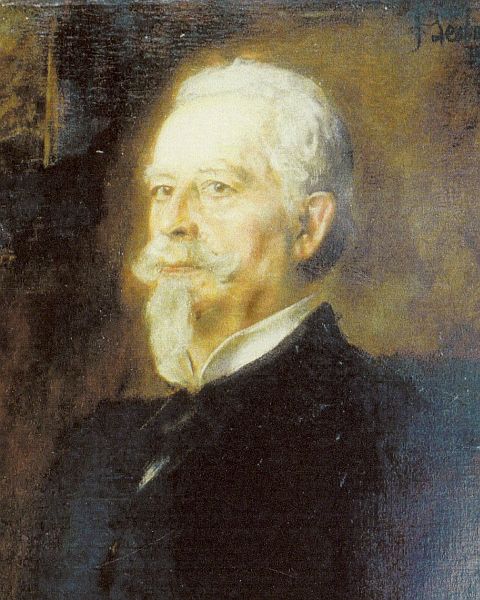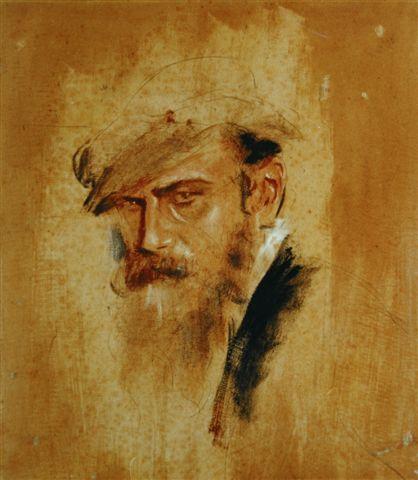<Back to Index>
- Painter Franz von Lenbach, 1836
PAGE SPONSOR
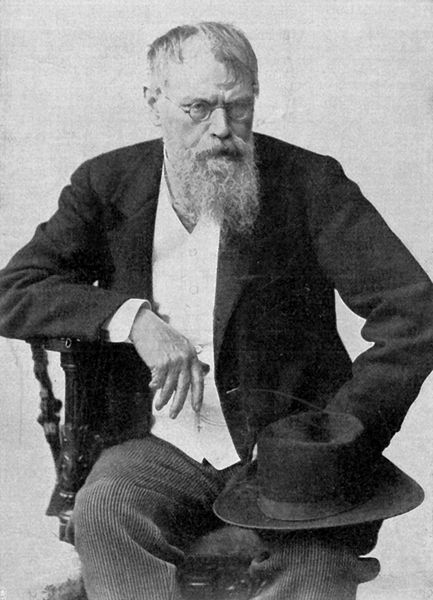
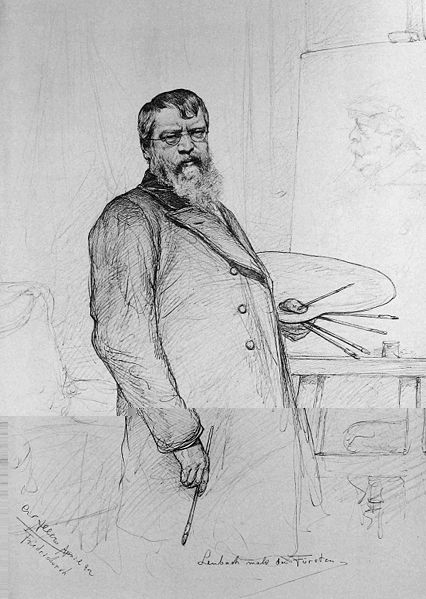
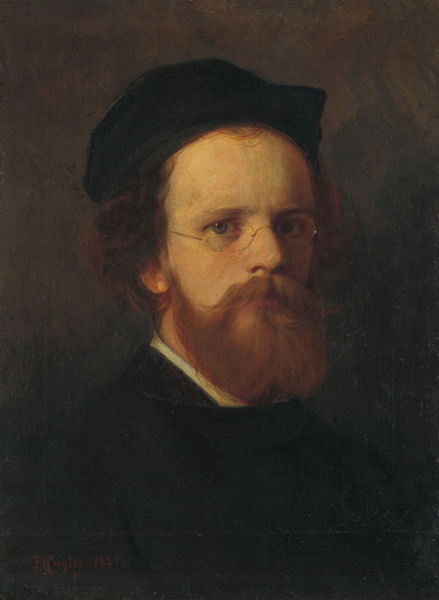
Franz von Lenbach (13 December 1836 – 6 May 1904) was a German painter of Realist style.
Lenbach was born at Schrobenhausen, in Bavaria. His father was a mason, and the boy was intended to follow his father's trade or be a builder. With this view he was sent to school at Landsberg, and then to the polytechnic at Augsburg. But after seeing Hofner, the animal painter, executing some studies, he made various attempts at painting, which his father's orders interrupted. However, when he had seen the galleries of Augsburg and Munich, he finally obtained his father's permission to become an artist, and worked for a short time in the studio of Gräfle, the painter; after this he devoted much time to copying.
Thus he was already accomplished in technique when he became the pupil of Piloty, with whom he set out for Italy in 1858. A few interesting works remain as the outcome of this first journey A Peasant seeking Shelter from Bad Weather (1855), The Goatherd (1860, in the Schack Gallery, Munich) and The Arch of Titus (in the Palfy collection, Budapest). On returning to Munich, he was at once called to Weimar to take the appointment of professor at the Academy. But he did not hold it long, having made the acquaintance of Count Schack, who commissioned a great number of copies for his collection.
Lenbach returned to Italy the same year, and there copied many famous pictures. He set out in 1867 for Spain, where he copied not only the famous pictures by Velázquez in the Prado, but also some landscapes in the museums of Granada and the Alhambra (1868).
In the previous year he had exhibited at the great exhibition at Paris several
portraits, one of which took a third - class medal. Thereafter he
exhibited frequently both at Munich and at Vienna, and in 1900 at the
Paris exhibition was awarded a Grand Prix for painting. Lenbach, who
died in 1904, painted many of the most remarkable personages of his time
(including Bismarck).
